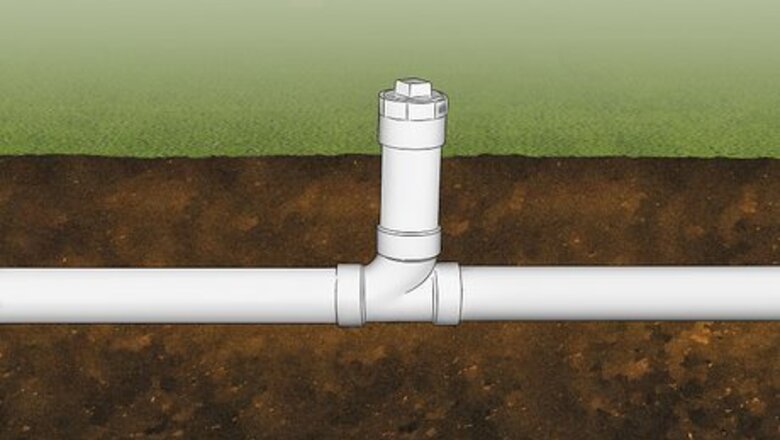
views
- The sewer cleanout is almost always a 4–6 in (10–15 cm)-wide cap. It will be black or white and have a square-shaped extension on the cap.
- If you have a basement, start looking for the cleanout there. Most cleanouts are located near a wall in the basement.
- If you don’t have a basement, the cleanout is probably outside. Take a walk around the exterior of your home to find the cleanout’s cap.
What is a sewer cleanout?
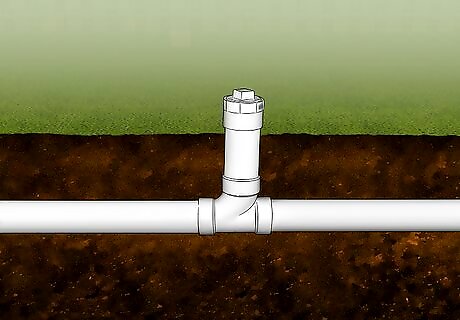
The cleanout is an access point to provide access to your sewer. If you’re having drainage issues in your home and snaking your toilet or shower drains hasn’t solved them, you may have a blockage at your main sewer line. The cleanout is a pipe with a removable cap that allows you to access that main sewer to clear any blockages or diagnose the problem. What it looks like: The cleanout will look like a white or black cap over a pipe. Find a white or black cap sitting atop a 4–6 in (10–15 cm)-wide pipe. The pipe may be flush with the floor or stick out a bit, and it will have a square-shaped extension or hole on top that makes it very recognizable.
Where are sewer cleanouts usually located?
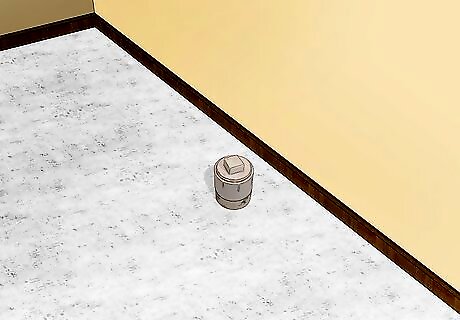
If you have a basement or live in a colder area, it’s in the basement. If your home has a basement, that’s probably where the cleanout is located—even if it never gets cold where you are. Start by walking around the inside of the exterior walls in your basement. You’ll probably find the cleanout there. It’s very easy to find cleanouts in basements most of the time. There won’t be any other pipes with caps sticking out of the ground. If you find any drains in your basement floor but they don’t have the cap on them, they’re probably air stacks or foundation drains—not a cleanout.
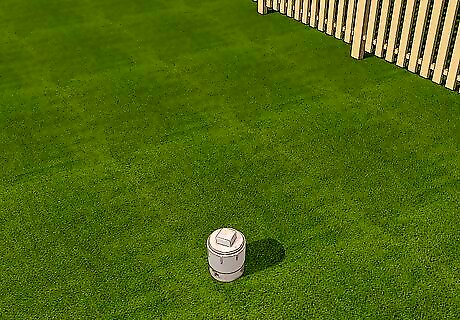
If you don’t have a basement or live in a hot area, it’s outside. If you live in a slate-foundation home, a trailer, you don’t have a basement, and/or you live in an area that never gets snow, the cleanout is probably outside. Walk around the outside of your home to look for the pipe sticking out of the ground. The cleanout will often be just outside the wall of a bathroom if it’s outside. If you have a large plot (more than half an acre), it’s probably near the property line. If you have a septic tank, the cleanout will probably be near it.
Looking for Exterior Cleanouts

Walk to the septic tank if your home has one. If your home lacks a connection to a municipal sewer line, you will have a septic tank to deal with instead. The cleanout is always near the plumbing leading from your home to the tank. Head toward the tank in your yard, but check the area around your home. The cleanout will usually be next to your home. To find the septic tank, look for the vent pipes sticking out of the ground. You could also refer to your home’s plot plans or contact a plumber for assistance.
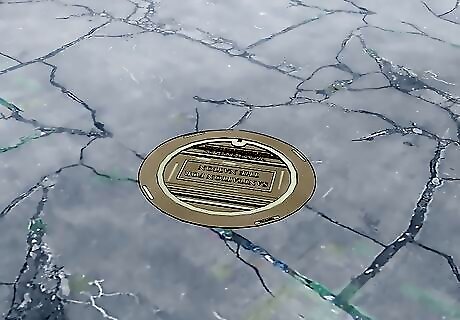
Head to the main sewer line in the street if your home connects to one. Step out of the front door of your home and walk toward the street. Look for the nearest manhole. Then, check the curb for any mark indicating the position of the sewer line. In many locations, the concrete will have a big “S” for sewer stamped on it. Once you have found that, the cleanout won’t be far behind. Outdoor, front yard cleanouts are very common with homes on slab foundations in relatively warm climates. The cleanout is often in the front yard. You may also see a “W” for water and a “G” for gas. As long as you can find the sewer cleanout, you can ignore these. However, remember their location if you need to dig for the cleanout. It’s rare, but they’re occasionally underground.

Walk back toward your home to search for the cleanout. You won’t be able to see the main sewer line, so you will have to estimate its location. Starting at the “S,” make a beeline straight for your home. Be on the lookout for the cleanout’s cap sticking out of the ground. It will most likely be somewhere between the curb and the foundation of your home. The cleanout may also be labeled with an “S” or an alternative like “C.O.” or “clean out.” It is typically very easy to recognize by the black or white cap, though.
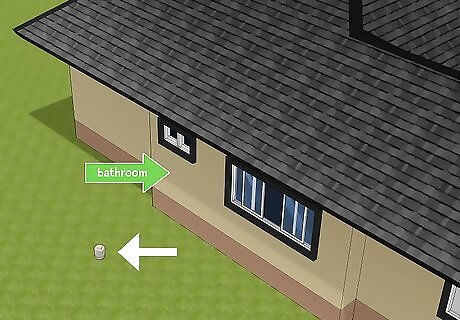
Check the sides of your house near the bathroom. The cleanout could also be positioned close to the biggest source of drainage pipes in your home. Find out which side of your home the bathroom is on, then go check outside for the cleanout cap. It will likely be near your home’s foundation, although you should also walk toward the curb if you don’t see the cleanout right away. Side cleanouts are common in big cities if the front yard isn’t close enough to the city’s sewer line (or you don’t have a front yard). This is also common in larger homes that have multiple bathrooms. If you have multiple bathrooms on the first floor, be sure to check near both of them. The cleanout could be on either side. Your home may even have multiple cleanouts!
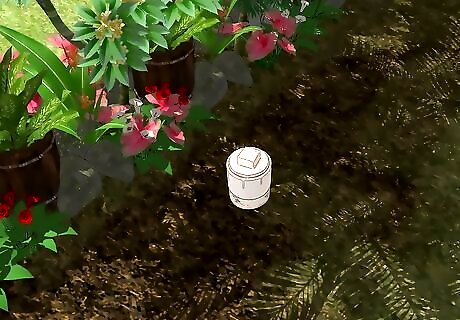
Search under any plants near where the cleanout could be. Sometimes, homeowners hide the cleanout pipe or accidentally let the bushes or plants grow over it. Feel around under any grass or bushes for the hard plastic cap on top of the cleanout. You may also end up finding a metal box you need to pull open to access the cleanout. Remember that the most common locations for the cleanout are along the main sewer or septic line and near bathrooms. It is typically near your home’s foundation. As long as you search those areas, you can find the hidden pipe. In some rare cases, the sewer cleanout may be buried. You will have to dig a little bit in the most likely areas to find it. Dig down about 1 in (2.5 cm), taking care not to hit any utility lines.
Looking for Interior Cleanouts
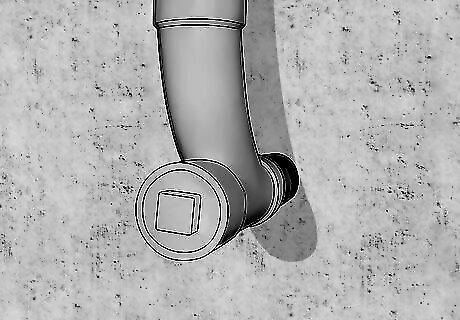
Follow the drainage pipe in your home to find the cleanout. Look to see where the utility pipes exit your home. Follow the line to see if it has a capped cleanout pipe near it. The line will often be right outside your home, but it could also be on the inside. The cleanout is usually right next to the foundation of your home, so look for a plugged pipe coming out of the floor. Note that following the main sewer line in your home can be tricky. Try following the drainage pipes from any nearby utilities. If the pipes cross into the walls, estimate their location or search outside for the main sewer line.
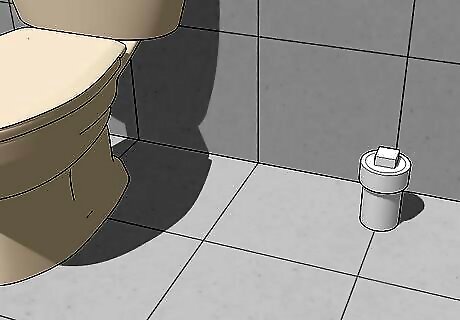
Search near toilets in your home if it’s not in the basement. Check every bathroom in your home. If the cleanout is in one of them, it will be close to the toilet. Look for a small but noticeable pipe sticking out of the floor. It is recognizable by its black or white cap and the fact that it doesn’t appear to connect to anything. If your home is set up this way, there is a chance it includes multiple cleanouts. Check other bathrooms and ground drains as well.
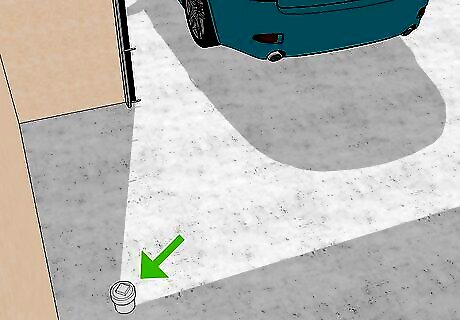
Inspect the garage or utility areas if your home has them. Any areas that have a floor drain could also have a sewer cleanout. Check the floor first for a capped pipe. Search near the drain, then move onto storage areas, such as closets or other places where a builder might hide something not meant to be seen. Since the sewer cleanout has to be near plumbing, you likely won’t find it in spots that are far away from drains. For example, you don’t have to spend much time looking through a closet in a distant hallway unless there is a drain nearby. Utility cleanouts happen when there isn’t room in the basement or bathroom. These cleanouts are often secondary and meant to help plumbers access a specific part of the sewer system.
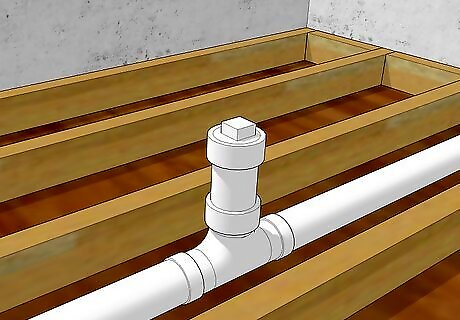
Check the attic in case you can’t find the drain elsewhere. In some rare cases, the sewer cleanout could be in the attic. If you have an attic, look near any visible sewer vent pipes running to the roof. The cleanout may be situated on a “Y” or “T-shaped” pipe fitting. The free end of the fitting is often a sewer cleanout. If you have plumbing in the attic, remember to inspect it for the sewer cleanout. Attic cleanouts are rare but can be spotted in very old homes. Your home likely won’t have a cleanout there unless it also has a bathroom or other plumbing there.
Resources & Getting Help
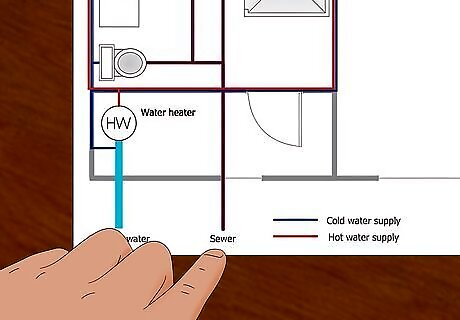
Look for the sewer cleanout in your home’s plot plans. If you own your home, you may have received a copy of the plot plans. If you don’t have one, contact your local government. The planning or county assessor department typically keeps a database of plans and can get you a copy after you request one. Also, check your government’s website to see if these plans are available to the public online. If your home has a cleanout, the plans will display its location whether it’s indoors or outdoors. Subdivision plans could also help. A subdivision plan shows a parcel of land split up into different developments. It is accessible through a government planning office, contractors, and property owners.

Call a plumber if you likely need to hire one anyway. Plumbers are masters at finding cleanouts and in the event you don’t even have one (which is rare), they’ll have a workaround. If your home has sewage issues that require a pro anyway, just call a plumber and let them find the cleanout. A certified plumber can send a small camera down the main sewer line to find out where it branches off into a cleanout.

Consult contractors and developers if you have hired any recently. If they haven’t seen the plot plan, they may have come across the sewer cleanout. Sometimes, workers cover up the sewer cleanout during the construction process. If you are unable to find one, it could be because of recent work done near your home. The best people to call are the ones who worked outside your home or otherwise came near the sewer line. Call the company you most recently dealt with.

Contact a surveyor or engineer if you still need assistance. Talk to any official that has been around your home recently. If you don’t know who to call, check with your local government’s surveyor office. Alternatively, talk to any engineering firms that have been involved in planning or constructing your home. Surveyors keep maps of the landscape in your community for legal and safety reasons. They often have access to plot plans. Engineers use plot plans when organizing construction projects. If you dealt with a contractor while improving your home, they may be able to refer you to an engineer they consulted during the project.

Contact any title and real estate companies if you used any. These companies often access plot plans in their line of work. In addition, they may have sent someone to inspect your home. Ask them for a copy of the plot plans or at least information on the cleanout location. With any luck, they will be able to assist you at no extra cost. You won’t get much help this way unless the company has specifically dealt with your home. Try to contact a company you have dealt with recently.

















Comments
0 comment